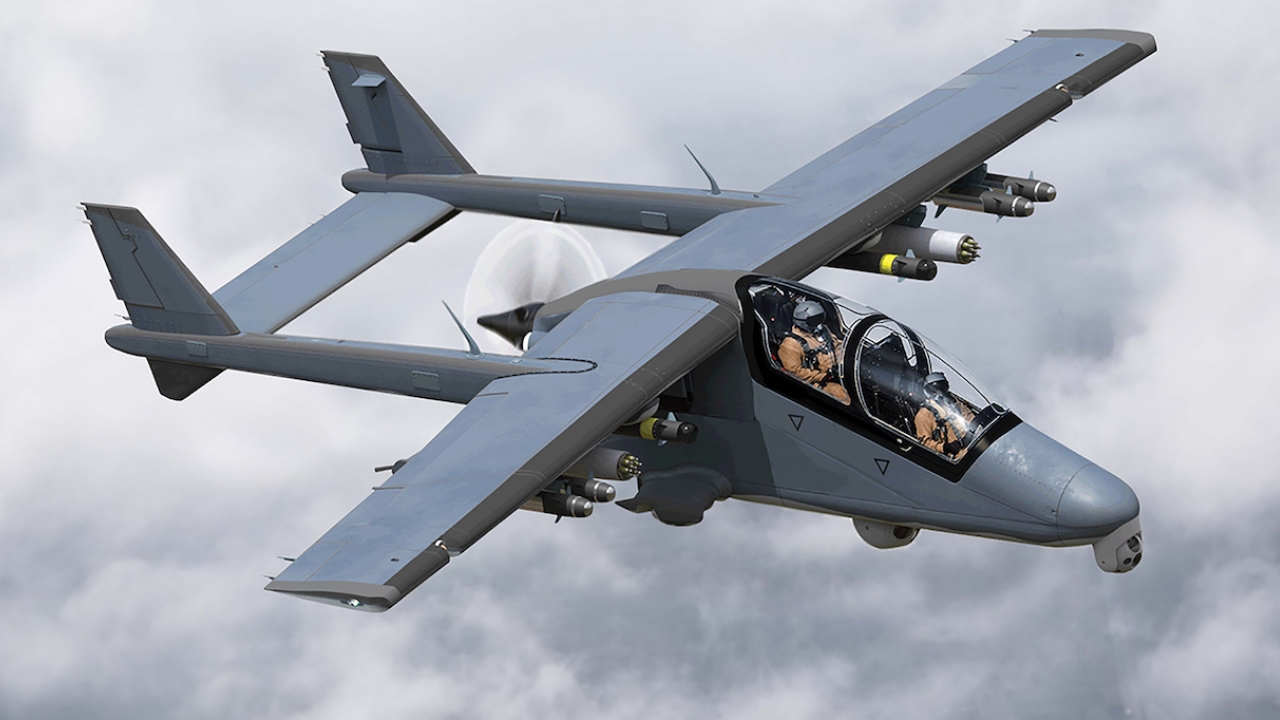Galaxy still out of this world
The US Air Force’s Lockheed C-5 Galaxy remains a stalwart of airlift operations to and from Africa, supporting deployments and delivering humanitarian assistance.

Operation Africa-1 saw the C-5 delivering humanitarian cargoes to Gambia, Chad, and Equatorial Guinea, in what was one of the largest humanitarian airlifts to Africa in the 1980s. More recently, the aircraft participated in Operation Atlas Response, moving 937 passengers and 920 tonnes of cargo in the wake of two cyclones which caused extensive flooding in southern Africa, especially in Mozambique.
Boeing’s C-17 outshines the larger, older C-5 in some respects, and is uniquely able to straddle the strategic and tactical transport missions. The C-17 has proven to be a reliable and ‘available’ aircraft, with a mission-capable rate of around 83%, whereas even the upgraded and modernised C-5M has struggled to achieve 60%.
And, while the C-17 has a rough and short-field performance that allows it to operate from semi-prepared and austere runways, the C-5 demands long conventional runways.
However, the C-5 remains a crucially important and significant asset for the US Air Force. Its crews make the proud boast that: “Nothing in the inventory can move as much stuff as far as the C-5 Galaxy.”
The C-5 is certainly a heavy lifter, able to carry a 270,000lb payload (including two Abrams tanks), 91,000lb more than the C-17, or almost as much as six C-130J Hercules.
Lockheed built 131 Galaxies, comprising 81 C-5As and 50 C-5Bs. Two of the latter were modified with a larger internal cargo capacity – becoming C-5Cs – to accommodate large payloads, such as satellites.
The C-5C was also known as the C-5A SCM (space cargo modified). These received new avionics under the avionics modernisation programme (AMP), and new engines and airframe upgrades under the reliability enhancement and re-engining programme (RERP).
The 52 C-5s upgraded under the RERP are designated as the C-5M Super Galaxy.
Stay up to date
Subscribe to the free Times Aerospace newsletter and receive the latest content every week. We'll never share your email address.

